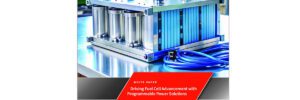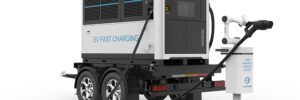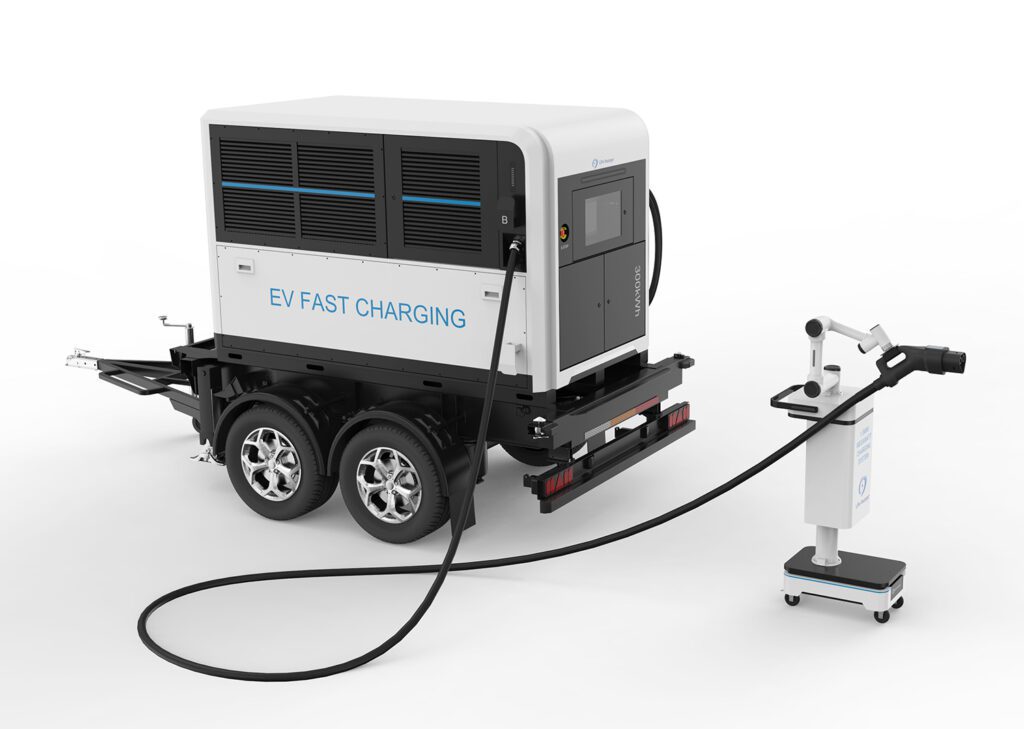
What’s Inside This Exclusive Whitepaper?
Explore hands-on strategies, technical insights, and next-gen fuel cell testing solutions driving the hydrogen economy forward. Here’s a sneak peek:
- Hydrogen Electrolysis Optimization: Learn how precise voltage and current control boosts hydrogen yield and system efficiency.
- Fuel Cell Testing & Simulation: Explore how AMETEK’s Mi-BEAM, SGX, and HPX systems simulate and stress-test real-world fuel cell applications.
- EV Powertrain Innovation: See how Fuel Cell Electric Vehicle (FCEV) drive cycles and regenerative braking scenarios are replicated without complex hardware setups.
- Energy Efficiency & Scalability: Discover how bidirectional, low-ripple power solutions support up to 1.2 MW scalable systems.
Who Should Download This Whitepaper? This guide is essential for:
- Engineers developing hydrogen and fuel cell solutions
- EV system designers and test lab managers
- R&D professionals in clean energy, automotive, or aerospace
- Power electronics and simulation specialists
If you’re building the future of sustainable energy, this whitepaper is your roadmap to smarter, more efficient fuel cell development.
Download the Whitepaper Now!
Discover how AMETEK Programmable Power is accelerating breakthroughs in hydrogen and fuel cell technology — from lab benches to electric highways. Get your free copy and gain a competitive edge in tomorrow’s clean energy revolution.






